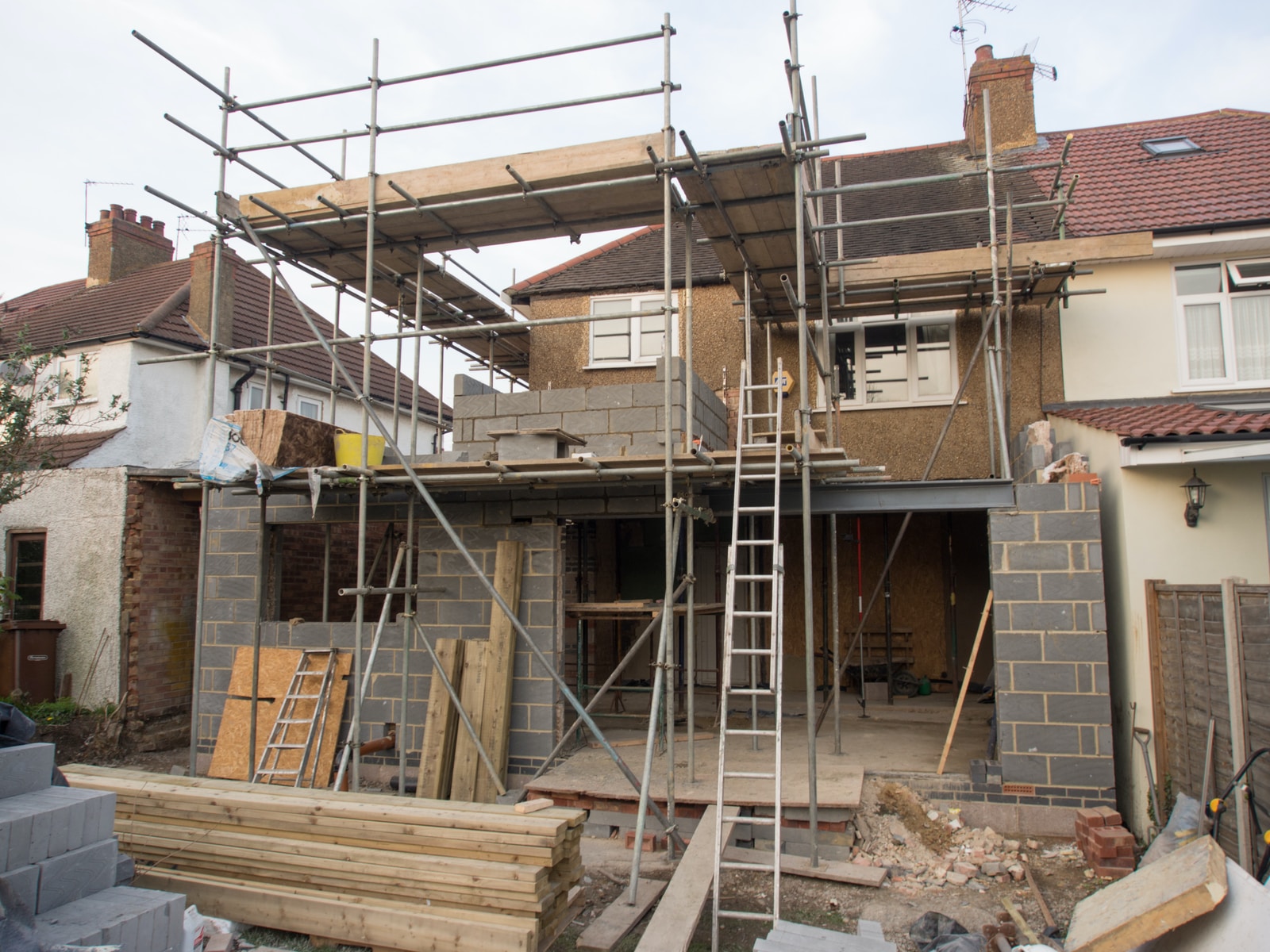Are you planning to build a new home or remodel an existing one? Consider sustainability! A sustainable home is built (or retrofitted) in ways that optimize energy and water use and respects resources. From the moment you draw up plans, through purchasing and installation, there are many decisions to make. Even the demolition can be incorporated in this process. It’s a perfect opportunity to make choices that have the least impact on the environment and the greatest impact on your wallet.
STAY INFORMED
The CT Residential New Construction program will help you, your architect, and your builder to design and construct an energy efficient home?
Before You Start Your Project
Homeowners in the midst of a renovation or ground-up construction project often do not want to tack on additional time to their project so the key to successful deconstruction is planning ahead from the beginning so that deconstruction can be planned for within the project’s timeline.
Deconstruction vs. Demolition
Deconstruction is a term that was created in order to emphasize the disassembly or salvage for reuse process in contrast to demolition which focuses more on simple building removal. Deconstruction includes both manual and mechanical disassembly that maximizes the recovery of materials for reuse. There are also different levels of deconstruction – from a “soft strip,” which removes primarily easy, high-value materials such as appliances, cabinetry, solid, paneled interior doors, light fixtures, high-value glass windows and hardwood flooring to whole house deconstruction, which includes items in a soft strip as well as framing lumber, sheathing and bricks. There are several contractors in Connecticut that provide deconstruction services.
Deconstruction of a home can provide several benefits to homeowners, including:
- A tax-deductible donation for the amount of reuse material salvaged
- Supporting non-profit groups that often run the deconstruction operation; and
- Knowing that valuable material and items that the homeowner no longer has use for are being recycled and reused.
Skip the landfill. Certain construction debris can be recycled or reused. Check for a list of reuse centers and reclamation lumber yards in Connecticut. Many uncommon household items can also be properly disposed of or recycled in Connecticut. The Center for EcoTechnology (CET), an environmental nonprofit, accepts donations of kitchen cabinets and countertops, appliances, interior and exterior doors, bathroom vanities, décor including mirrors and quality furniture, and much more – even low-flow toilets! CET offers free pickup with two-weeks’ notice and a donation receipt.
TIP
Size matters. Smaller houses require fewer materials and require less energy for heating and cooling. If you need more space, go tall. Wider buildings are less efficient.
Inside Your Home
Choose local.
If your project includes stones or wood, consider locally milled wood or stones from a local quarry to avoid shipping and support local businesses.
Use recycled items.
Look for products with recycled content, for example countertops made from recycled glass or consider reclaimed wood, bricks or stone. Search for material reuse centers in Connecticut here.
Control air temperature efficiently.
Include efficient heating and cooling systems, mini-split units, and programmable thermostats
Heat water sustainably.
Efficient hot water systems use less energy.
Flush efficiently.
Dual-flush toilets and reduced flow faucets and shower heads save water. Greywater systems that reuse water for flushing toilets are worth considering.
Go Energy Star®
Energy-efficient appliances and equipment will lower your monthly bills.
Use LED.
LED lighting will lower energy costs and require less frequent bulb changes.
TIP
Southern exposure provides warming sunlight in the winter. Avoid west exposure to prevent glare and summer overheating.
Outside Your Home
- Install renewable energy such as solar or geothermal systems .
- Collect rainwater to water your lawn and garden.
- Plant natives on your property and incorporate green infrastructure.
Programs Designed to Help Homeowners Achieve and Acknowledge Energy Efficiency Standards
- Residential New Construction Program – offers expert guidance from Home Energy Systems (HERS) Raters who will work with your building team throughout the construction process.
- Leadership in Energy and Environmental Design (LEED) – provides a framework to create healthy, highly efficient and cost-saving green buildings. LEED homes are built to provide clean indoor air and use less energy and water. Visit the U.S. Green Building Council page to learn more.
- Connecticut Passive House (CTPH) – certifies homes that meet stringent passive building principles, including airtight construction, continuous ventilation and more.
